We Have Moved Letter Template for Notifying Contacts
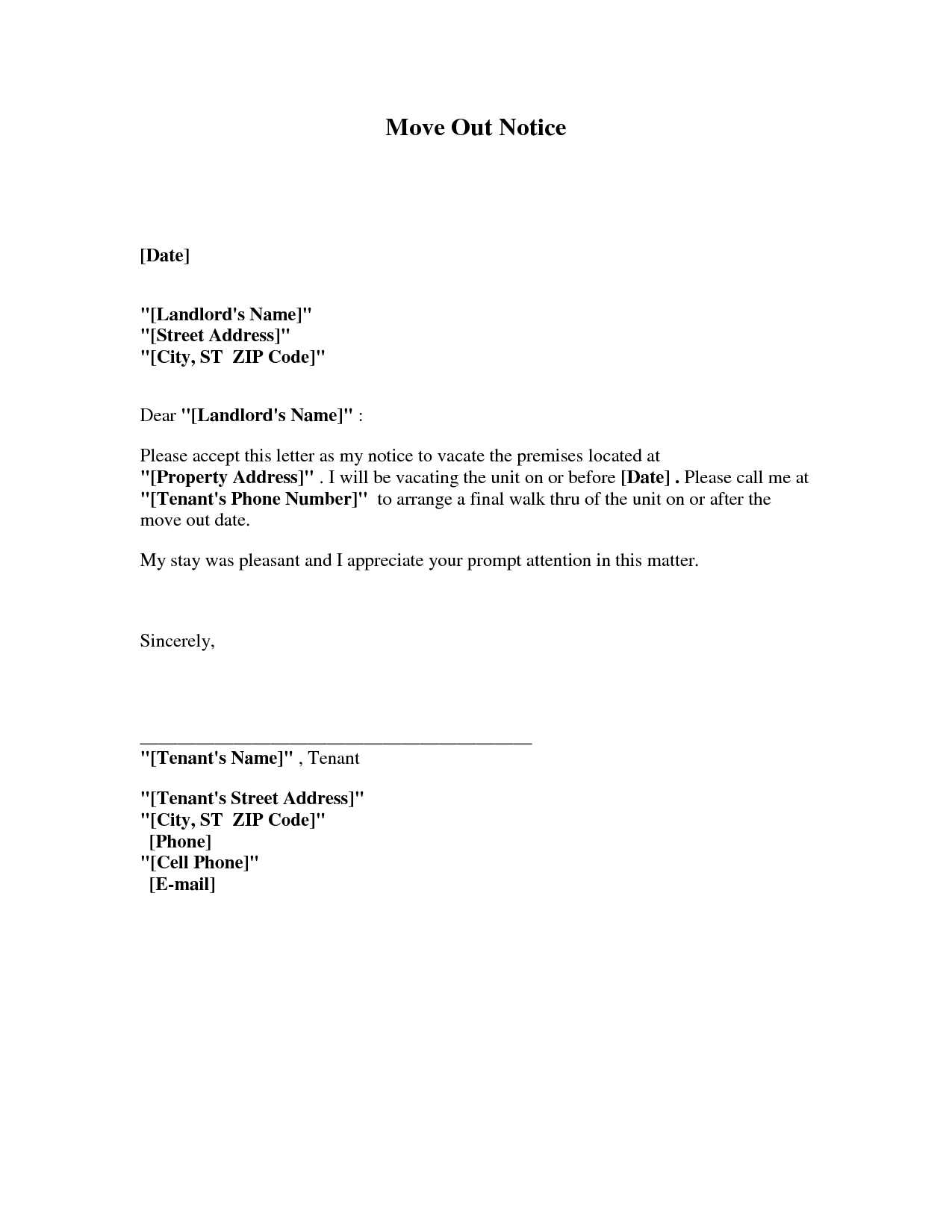
When relocating to a new location, it’s important to inform relevant individuals and organizations. A formal communication can ensure that all parties are aware of your change in residence or office, helping to avoid any confusion or missed correspondence. Here’s how to approach the process effectively.
Why Sending a Notification Matters

Notifying others about your address update helps maintain smooth communication and ensures that important documents and packages are delivered to the right place. Whether it’s personal contacts, service providers, or businesses, informing everyone early minimizes the risk of miscommunication.
Essential Details to Include
- Your Full Name: Identify yourself clearly so the recipient knows who is sending the message.
- New Address: Provide the updated location with complete details such as street name, apartment number, city, and postal code.
- Effective Date: Let the recipient know when the change becomes applicable to avoid confusion.
- Contact Information: Share phone numbers or emails if further contact is needed.
When to Send the Notification
It’s best to send your update at least a few weeks before the move to allow recipients ample time to adjust. Sending it after your relocation may result in delays or missed communications. Planning ahead ensures a seamless transition for everyone involved.
Personalizing Your Announcement
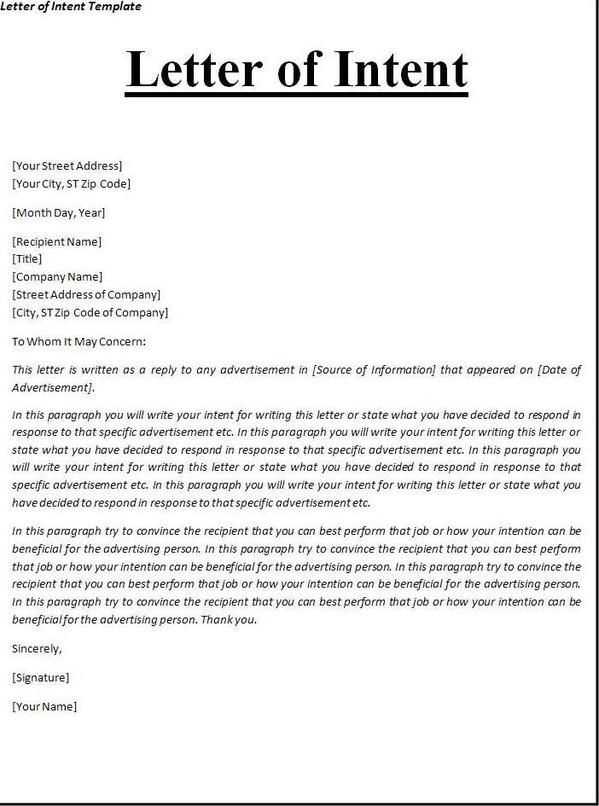
Customizing the message for different recipients can make it more effective. Personal communications can be used for friends or family, while professional notices should be more formal for clients and businesses. Tailoring the tone to fit the audience enhances the overall clarity and professionalism of your notification.
Common Mistakes to Avoid
- Not providing enough details: Make sure the address and any necessary contact information are clear.
- Delaying the message: Send your update in advance to avoid last-minute rush.
- Being too informal: Keep it professional when sending to businesses or official contacts.
By carefully crafting your notification, you can ensure that the transition to your new place is smooth for both you and those who need to know. Stay organized and thoughtful in your communication to prevent any disruptions in your personal or professional life.
How to Write a Relocation Notification
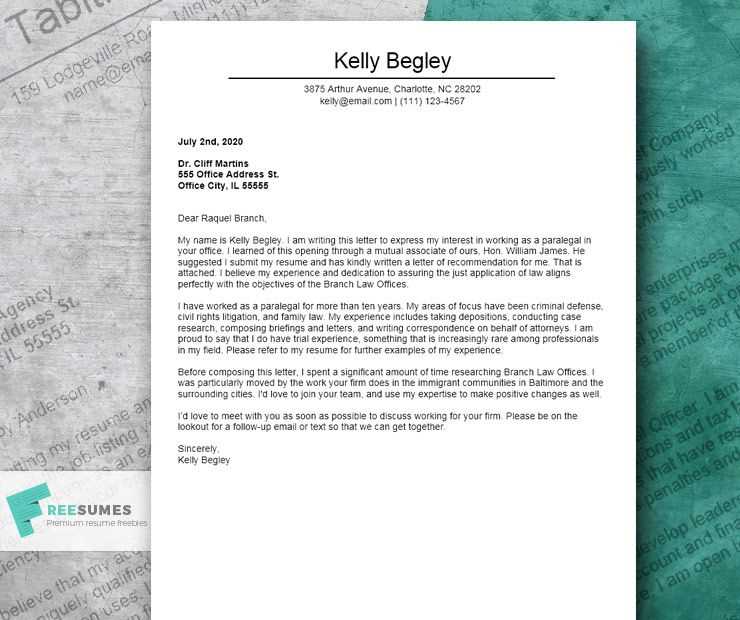
Notifying others about a change in residence or business location is an important step in maintaining clear communication. Sending a message about your new address ensures that everyone stays informed and can reach you without any issues. Below are key points to keep in mind when crafting your announcement.
Why You Should Send a Relocation Notice
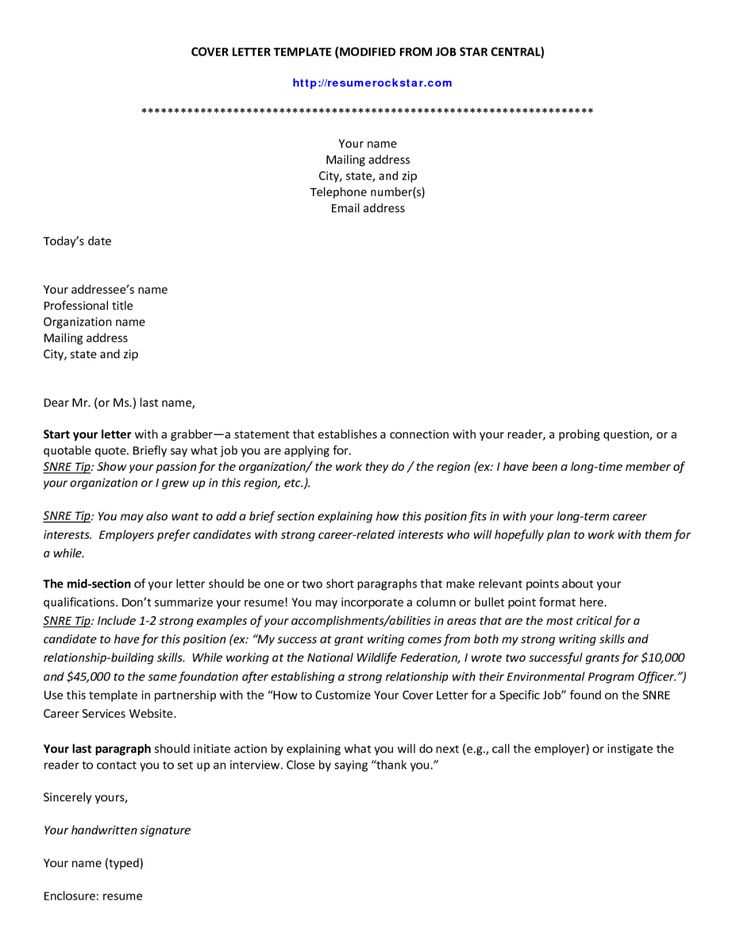
Sending this type of communication is crucial to avoid any confusion regarding your whereabouts. It helps to ensure that packages, important documents, and personal messages are redirected properly. Whether for personal contacts, clients, or service providers, notifying others about the move is an effective way to maintain smooth communication.
Key Elements of an Address Update
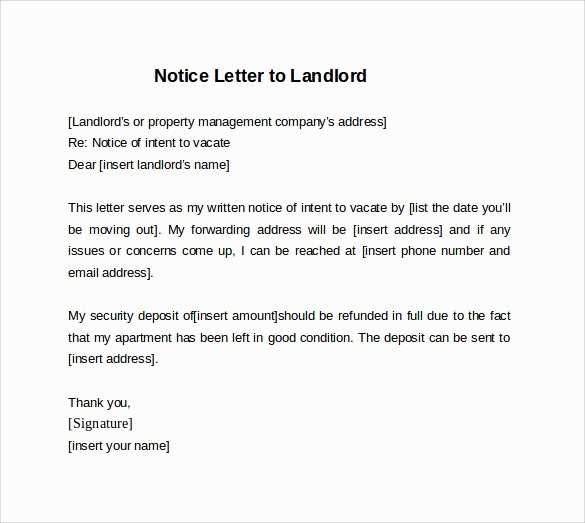
When drafting your notification, make sure to include essential details such as the full address, including the street, city, and postal code. Clearly state when the change becomes effective to avoid any misunderstandings. If applicable, provide any new contact information, such as phone numbers or emails.
Personalizing your message depending on the recipient is also important. Tailor the tone for close friends or family differently from professional contacts or businesses. This will help maintain professionalism while also making the message feel more genuine to others.
It’s recommended to send your announcement as early as possible–ideally weeks before the actual relocation. This will give recipients time to update their records and make any necessary adjustments to their processes.
Lastly, remember to keep the tone appropriate for the recipient. A formal approach is best for business relationships, while personal messages can afford a more casual tone. A professional announcement will ensure that all parties receive the information they need without any confusion.